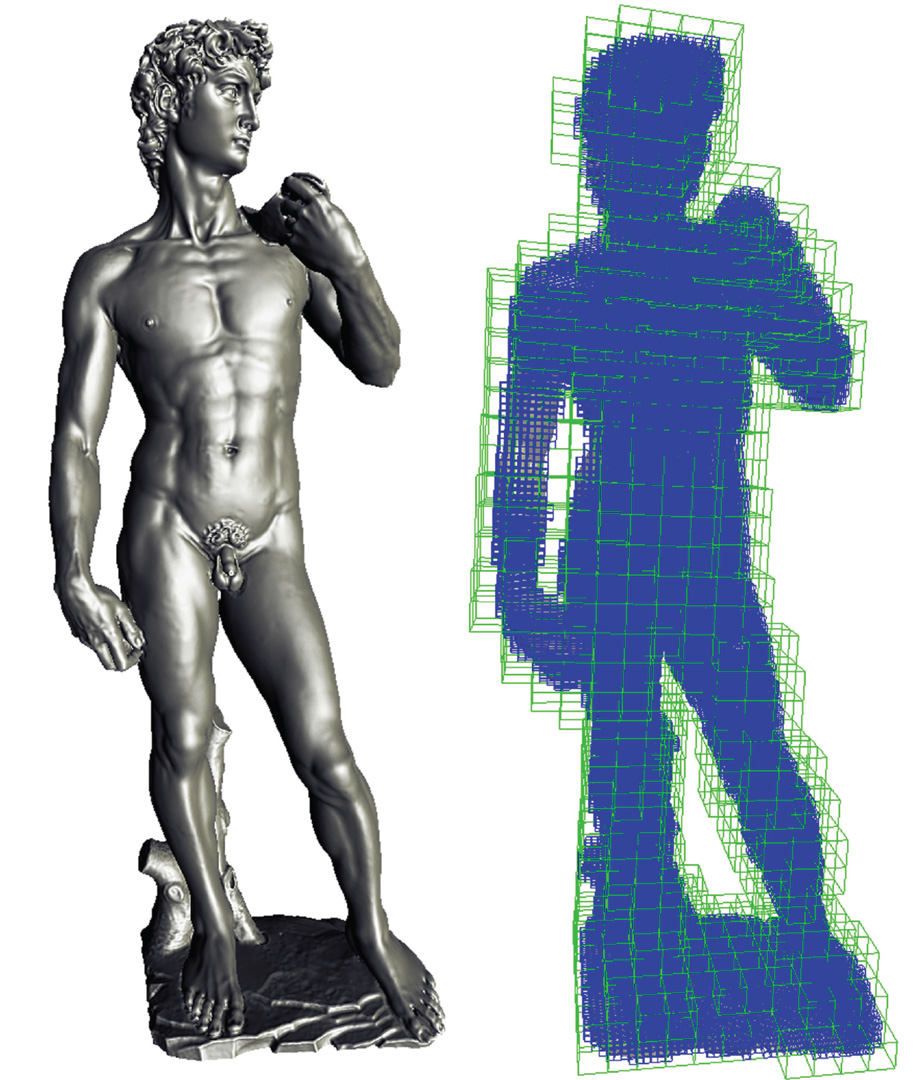“Advanced Illumination Techniques for GPU-Based Volume Ray Casting” by Rezk-Salama, Hadwiger, Ropinski and Ljung
Conference:
Type(s):
Title:
- Advanced Illumination Techniques for GPU-Based Volume Ray Casting
Presenter(s)/Author(s):
Abstract:
In-depth instruction on advanced illumination techniques for volume ray casting implemented on the graphics processing unit (GPU). This course covers fast implementations of local and global illumination techniques for volume data and implicit surfaces, including ambient occlusion, deep shadow maps, and scattering effects.
Volume ray-casting techniques are important for both visual arts and visualisation. They support efficient generation of visual effects and visualisation of scientific data obtained by tomography or numerical simulation. Due to their flexibility, experts agree that GPU-based ray casting is the state-of-the art technique for interactive volume rendering. It will most likely replace existing slice-based techniques in the near future. Volume rendering techniques are also effective for direct rendering of implicit surfaces used for soft-body animation and constructive solid geometry.
The course, which begins with a detailed introduction to the concepts behind GPU-based ray casting, focuses on advanced illumination techniques that approximate physically based light transport more convincingly. Such techniques include interactive implementation of soft and hard shadows, ambient occlusion, and simple Monte-Carlo based approaches to global illumination, including translucency and scattering.
With these techniques, users can interactively create convincing images from volumetric data whose visual quality goes far beyond traditional approaches. Using volume rendering techniques, artists who create medical visualisation for science magazines may now work on tomographic scans directly, without creating polygonal models of anatomical structures.
Additional Information:
Prerequisites
A working knowledge of computer graphics and basic programming skills, familiarity with graphics hardware and shading languages, and basic knowledge of volume data and interactive volume-rendering techniques.
Intended Audience
The steadily growing number of developers who create specialized implementations of volume-rendering techniques on state-of-the-art graphics hardware.





